Have you wished for a full frame digital camera, but the budget will not allow the hefty price tag? Well, I may have solution for you: it is possible to get a secondhand full frame DSLR for US$200, true story.
I bought a 2007 manufactured Canon 5D online for the Australian equivalent of US$200. It even had a Canon 50mm f1.8 lens and extra battery thrown in the deal. Now I’m not saying they sit on the shelf for this sort of money. In fact the going price, in May 2018, for a near mint unit will set you back US$450 or more. My purchase was a combination of good luck, patience, and a willingness to take a chance on an unknown, well used, unit bought online. However, they are still out there as I’ve seen them go occasionally for around £100-150, €150-200, US$200-300 (sight unseen, conditions unknown).
Buying a secondhand camera
I stuck my neck out, handed over the cash, and hoped I wasn’t getting duped. It’s not the best way to buy a camera, but I’ll share with you a few things that help minimise your chances of a bad buy:
- Download the camera manual before you bid, or buy. Get acquainted with what the camera can do and what value it is to you;
- Always check the seller’s reputation. If they have bad reviews then I’d suggest you stay away. Also make sure they have a comfortable amount of previous sales, preferably in photographic equipment;
Be very wary of listings that have no, few, or commercial photographs; - Check any photographs thoroughly. Look on your computer, not your smartphone, and zoom in as much as you can. It only gives you an idea of the cosmetic condition, but if if looks in good condition it probably has been looked after in general (this requires a leap of faith);
- I’d suggest you stay away from any listing that has descriptions like “worked last time I used it” or “selling for a friend” or “I don’t know much about cameras”;
- Ask questions before you bid, or buy. Try questions like “is this unit fully functional” or “can you please check the [place function here]” or please take a photo of the camera with an image on the screen”;
- If there is no refund option to be had, ask why, and then decide whether you want to take the risk. Also check the refund or insurance options of the online provider;
- Where possible choose the pickup option and do not pay until you have checked the camera and accessories. Ask the seller to charge a battery before you arrive and take/buy an appropriate memory card beforehand. This means you can try the camera with a trusted card. Keep any cards provided by the seller for spares;
- Trust your gut. If it seems too good to be true it probably is.
I feel that the Canon 5D is really the only option for a secondhand full frame camera US$400 or less. The Nikon D700 is three years younger and still commands around US$550 plus. Pentax and Sony models were later again and still have fairly hefty prices compared to the 5D.
The benefit to a toy photographer
That’s a tricky one. It’s like how we like our coffee, or tea. Double shot hazelnut latte with unsweetened almond milk in an enviro friendly cup; or long black with a sugar. They both have caffeine and make us feel better about our mornings. It’s just personal taste. Cameras are just the same: some suit our tastes better than others. I’m not here to convince you to buy a full frame camera, as I feel it is no more suited to toy photography than other DSLRs I’ve tried. However, if you want one at a budget price, then I can tell you what I found over the last few months, and hopefully it will help you decide if it is the right camera for you.
I specifically bought this unit to use as a base for my Zuiko legacy lenses (old 35mm film SLR lenses) and it handled even the heaviest of the lenses wonderfully with a comfortable hold and good balance. The size of the camera fitted the larger, toy friendly, lenses well (both the Zuiko 50mm and 90mm f2.0 macros) and the aperture and focus rings were easy to get to and operate in a two-handed configuration. I found the Canon EF 50mm f1.8 worked very well with additional extension tubes, but the 45cm (18″) minimum focus distance wasn’t much use to me with the lens on its own.
I have used the 5D exclusively for a month for toy photography (with the exception of Wednesdays when I regularly use a smartphone for the #slumpday hashtag). I have both good and bad things to say about the 5D, in comparison to my Olympus MFT go to camera.
What I don’t like
Let’s get the bad stuff over first:
- There is no LCD live view, which restricts me to using the viewfinder, then chimping the 2.5″ LCD playback to see how things are going. I don’t tend to chimp with general photography, but it is a regular habit in my toy photography. This function did not come out until the 5D Mk II hit the shelves in 2009. The earliest live view camera I have used came onto the market in 2007;
- A standard LCD screen does not befit the toy photographer. Given that we are often prostrate on the ground having a camera without an articulating, or tilting screen is a chore. Even bending down to look through the viewfinder on a short tripod extension was a pain. I got around this by using an old Olympus right angle viewfinder that fitted the eyecup clip on the 5D;
- JPEG output is substandard to Olympus. It’s possibly a little unfair as Olympus JPEG output quality became outstanding about a year after MFT was introduced. The 5D came out five years beforehand. I think the standard 5D JPEGs have too much contrast and tend to over saturate the red channel. This is not really an issue unless you dislike higher contrast images and do not want to use RAW;
- The use of a Compact Flash card and no WiFi connectivity for quick access to files (another unfair comparison I realise). CF cards were the norm at the time in this sort of camera and WiFi/NFC connectivity was years off when this camera was designed. I still missed the convenience of downloading to my smartphone, or the ease of slipping an SD card into my computer without an adapter.
As you can see, all of these ‘don’t likes’ are due mainly to the age of the design.
Other things that didn’t bother me, but may be a problem for others, are:
- The weight. At 900g (about 2lb) it is almost double the weight of the Sony A7, the closest mirrorless full frame camera I can think of. I personally liked the weight and found it an excellent stable base for many of my old legacy lenses weighing around 500g (a little more than 1lb);
- Size may be an issue for people with smaller hands. However, I have smallish hands for a male and had no issue getting to most of the controls;
- Optical viewfinder. Even though this is a reasonably bright, 0.71x viewfinder, the modern electronic viewfinders with their ‘gain-up’ and peaking/magnification capabilities are a real boon to the toy photographer;
- No touchscreen. Some people love them. I tend to turn mine off.
What I like
This is a shorter list, but it contains things that are important to everyday photography:
- Battery life. The batteries I have are genuine Canon Lithium Ion 1390mAh units and are probably as old as the camera. They are so effective I tend not to remember when I last charged them. To put that last comment into perspective, I may only take 30-50 photos in a session that will rarely last longer than two hours;
- A simple, uncluttered viewfinder. Nine AF points and a unobtrusive green display at the bottom, showing exposure values and compensation, plus expected images remaining. All other pertinent information is on an LCD on the top of the camera;
- Straightforward controls. With the exception of the off/on/function lever which is annoyingly hard to operate, all of the buttons and levers are well placed and easy to operate even with your eye to the viewfinder (although you really need to look at one of the LCDs for most options). I love the mini thumb operated joystick, but am disappointed Canon didn’t take more advantage of it for navigating the menu;
- Easy navigation of the menu, even if you can only use the scroll wheel and centre button. It’s laid out in three distinct/colour-coded sections and any function is only one, or two clicks away. It also stays at the last function you chose for an easy return;
- RAW output is solid and dependable. Given that this is a 13 year old design and only has a 12.8MP sensor, I think the RAW files are detailed and have quite a good dynamic range. The only real failing is the low light capabilities. 800 ISO is useable, but I tried not to go higher than 400 ISO. This may be a limitation for some photographers;
- Comfortable operation. This camera is a joy to carry and use for general photography. I only use wrist straps and I had no issue carrying and using a 1.4kg (about 3lb) camera lens combination for a couple of hours at a time. The grip is deep and sure. Overall the camera just feels like a stable and reliable platform in the hands.
In summary
I will not bang on about specifications as there are any number of resources on the Internet that can give you better information than I can. However, I can attest to the Canon 5D being a solid, dependable, and comfortable camera. It is rather unremarkable by today’s standards, but I personally feel that is a strength. It just allows you to get on with the job of photographing stuff.
I thoroughly enjoyed using it for the time I possessed it (it has now gone to a loving new home). It often reminded me of more simple times of the 35mm SLR, and the reassuring clack of the mechanical mirror was a nice confirmation compared to my more electronic mirrorless cameras. I soon changed my photography style to get around not having a fully articulated screen and it only bothered me every now and then. The 12.8MP images were fine for the online output that I wish for 99% of my work, and I have previously seen beautiful 8×12″ prints from this model.
If the majority of your toy photography images are taken close to the ground, or if you require good low light performance, then I feel you will need to look somewhere else. Otherwise the Canon 5D is an amazing amount of value for US$200-400.


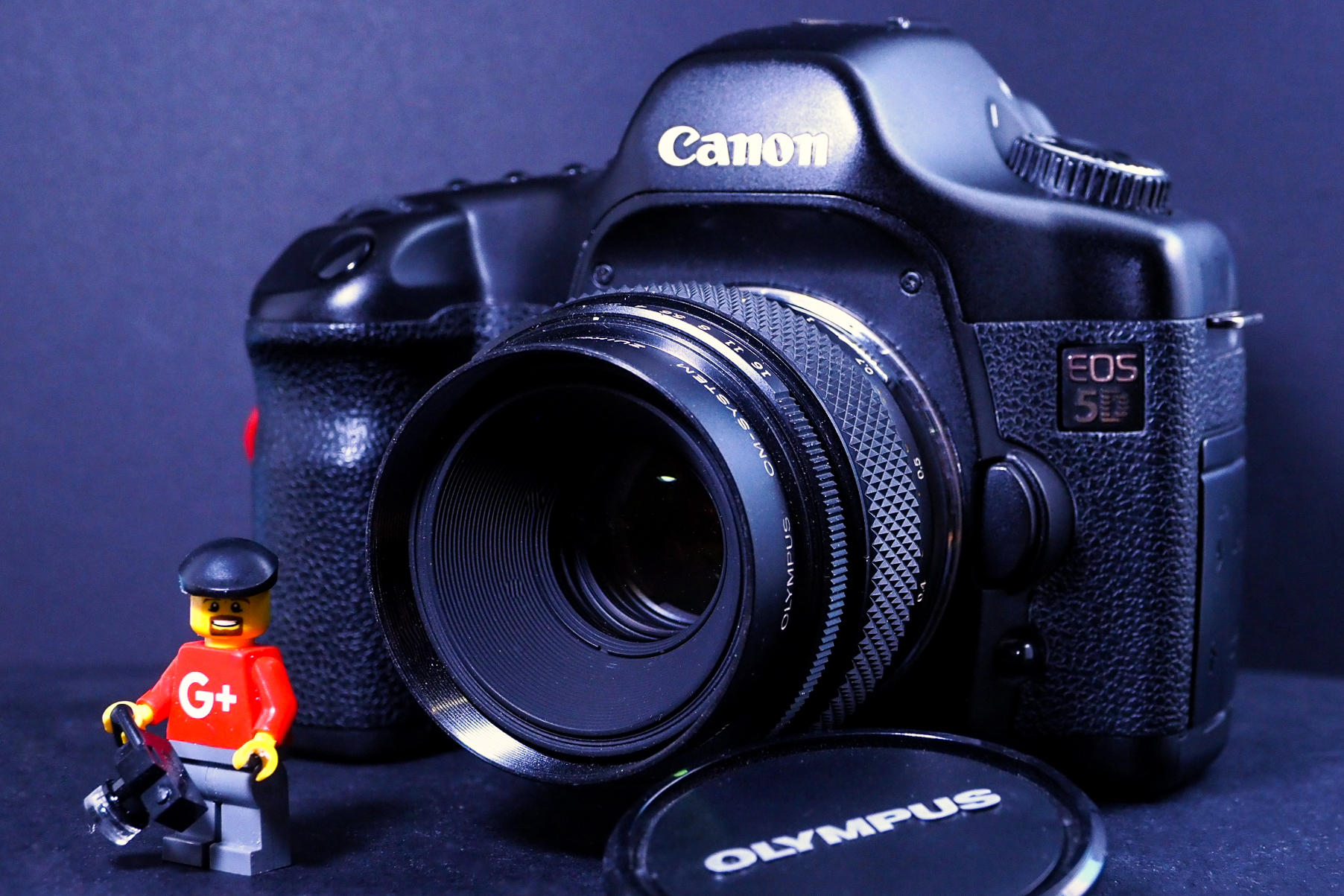
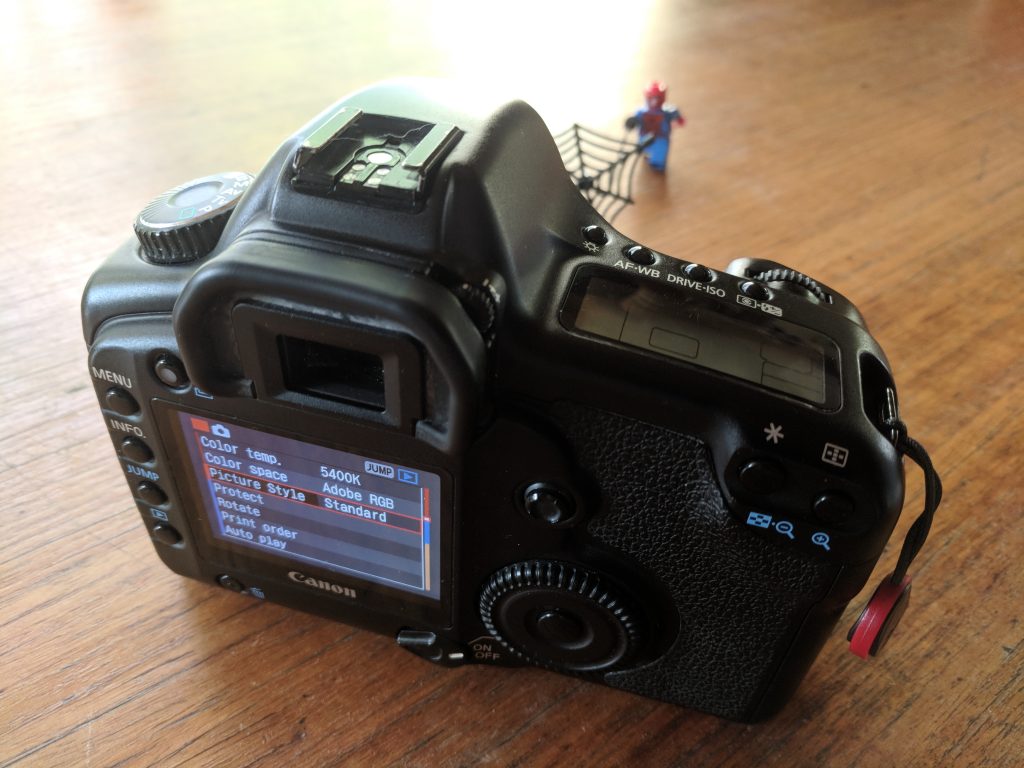
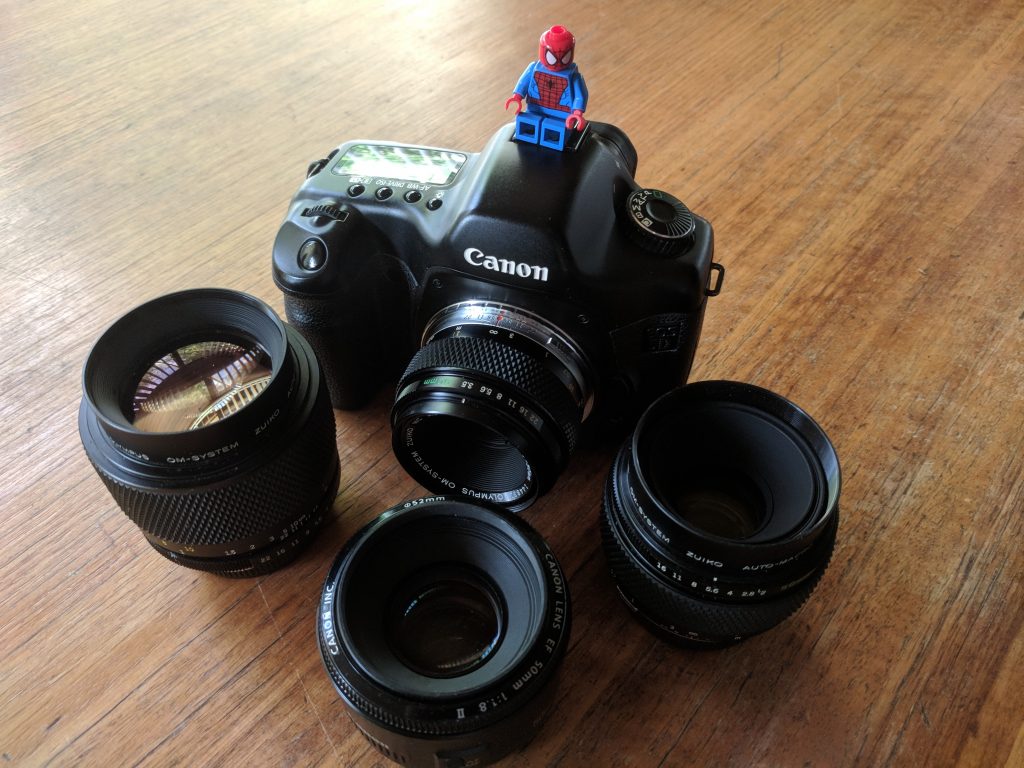
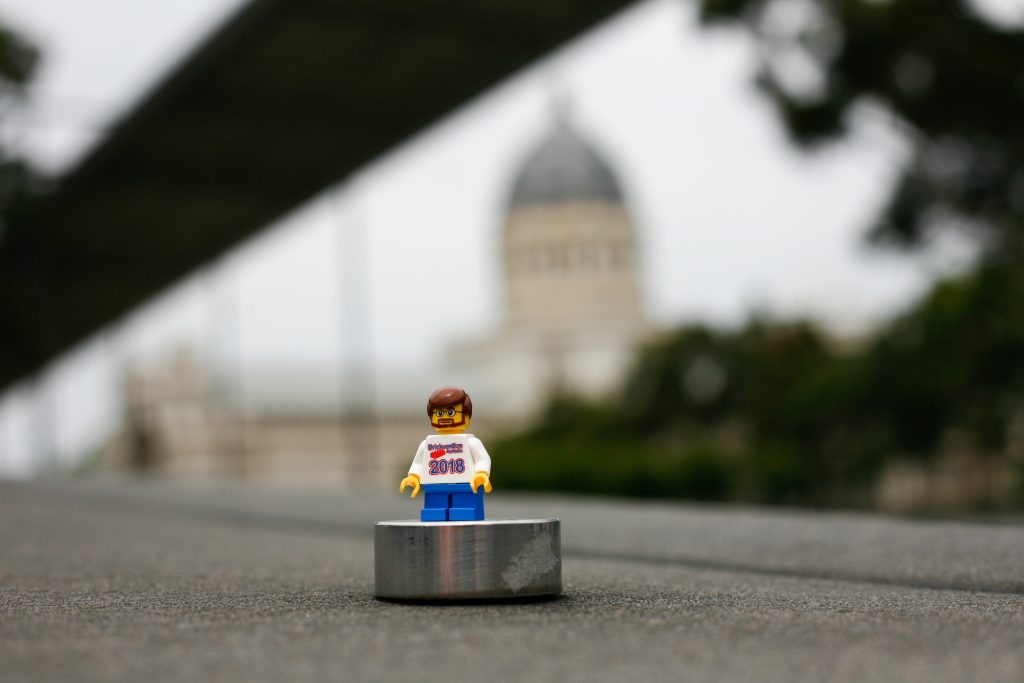
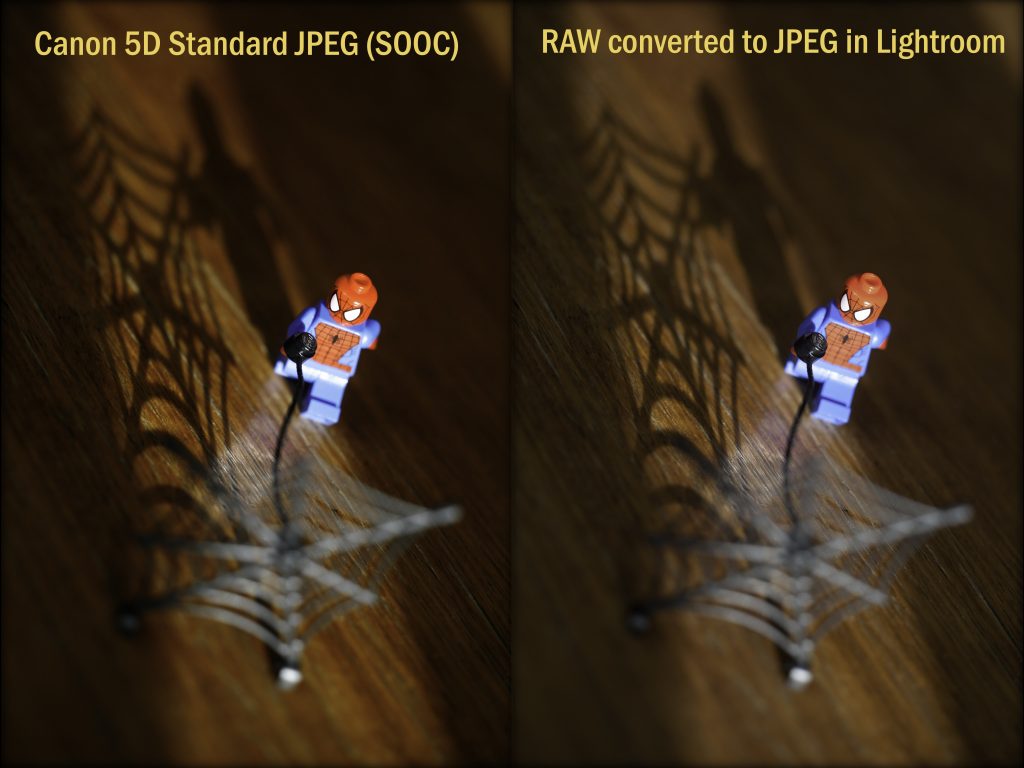
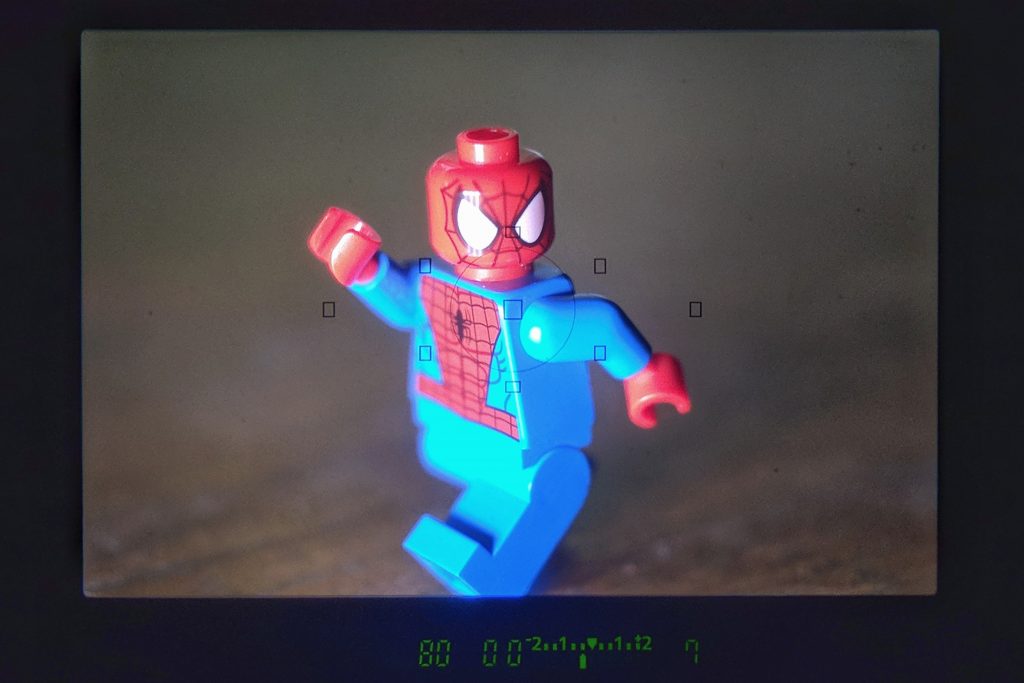
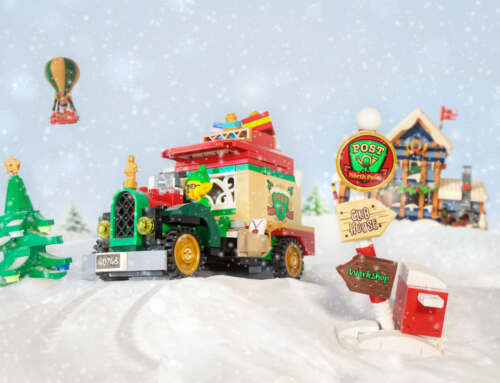
![Ahsoka Tano’s Duel on Peridea [75385] photo review](https://toyphotographers.com/wp-content/uploads/2024/11/header-scaled-500x383.jpg)
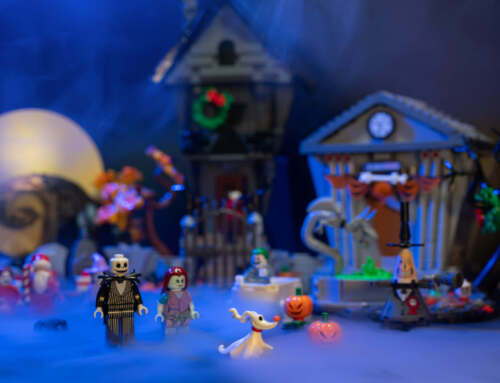
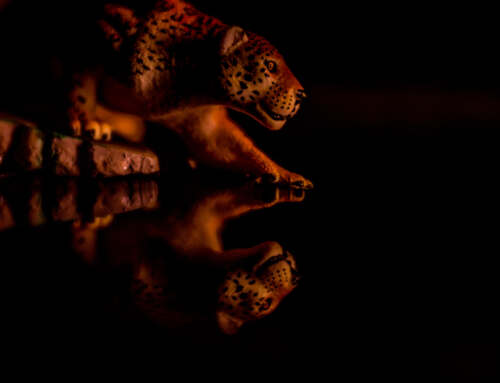
The 5D is an amazing camera. I still have two 5D bodies, though admittedly they rarely see action anymore (I just can’t get rid of them!). I bought both second hand years ago when I was shooting weddings and portraits, and they produce the most beautiful files I’ve seen. And I’m definitely not alone in that opinion. The small 12.8mp files are perfect sized as well. When I upgraded to the 5D3 I had to also upgrade my computer to handle the larger files. I have printed 20×30 prints from those 12.8mp files and they are gorgeous. Would I recommend the 5D for toy photography? Sure, especially if you don’t do a lot of practical effects. If you’re typically shooting a LEGO minifig in a static setting then this camera is a great option. However, if you like including practical effects in your images (splashing liquids, airborne dirt and debris, etc) then the 5D’s very slow 3fps will make capturing that perfect split-second moment more challenging. If you’re on a very tight budget and want to do some practical fx then I’d suggest looking at the Canon 40D, which shoots at a much speedier 6.5fps. Yes, it’s a crop sensor camera, but I’ve shot a lot with both full frames and crops and you’d never be able to tell which image came from which. I think the 40D can be had for well under $200. these days.
Thanks for the extra information Mitchel. Your experience with the 5D for toy photography seems much more extensive than mine, and I appreciate you sharing it.
The “loving new home” is most appreciative of this full framed camera of my very own to play with. I have access to the Mark iii and have used that regularly for work so I am a bit familiar with the weight and functionality of the 5Ds. As it is a work-camera, and early on I borrowed it for my ToyPhotography but through a shitty situation I was asked not to do that anymore. Now the 5D Mark iii sits idly on my shelf and is only used sparingly when called about to shoot events. Those events did prompt me to buy my first camera- my Canon EOS Rebel T6i. The T6i seems to have some limitations or more than likely my camera knowledge is limited, regardless I did miss what I felt was maybe a certain depth that I often felt with the 5D Mark iii that seemed missing with the T6i. My camera lingo is somewhat limited so I might not be describing that correctly. Now with another 5D, one that is mine, in my grubby little plastic shooting hands,
I look forward to exploring the full framed majesty of this magnificent beast.
Having it in hand though, my main issue, as you spoke to Tony, is that view-finder only option when doing toy-photography. I am a hefty fella and don’t move too swiftly between toy-yoga positions like I used to- Haha! I am indeed spoiled by the articulate touch screen of my T6i, but I immediately felt that big picture cinematic depth that I sometimes have trouble getting with my T6i. I have not got a chance to fully take this new and graciously gifted to me toy through its paces as much as I have wanted yet (not to beat a dead horse but I have been battling some allergy/asthma issues that have limited my outdoor shooting). I hope to get out soon and really have some fun though!
The, included, extension tubes are also very fun to play with (I have a bit to learn in effectively using them as well). Here is one of the images I took with the Canon EOS 5D using an extension tube (Canon EF 50mm, f/1.8 II, f/2.5 1/80, ISO400).
https://plus.google.com/u/0/+JasonNvrmoreToyPhotos/posts/QSwGRehKtua
Thanks again, Tony!
Can’t wait to hang out with you in September!
Jason: the depth you speak of is very relevant and the combination of perspective compression, sensor size, and pixel size really allows that ‘depth’ to come out in the images. I have returned to MFT for convenience, but I do miss seeing that look from the full frame cameras I have owned. SWIVEL and V10L3T is a great example of this look.
A very well written feature of the 5D and I like how you relate it to toy photography. Also, the “less is more” principle does allow some to enjoy the photography rather fiddling around with bells and whistles. That said, I’ve been so spoiled by my 659D and 80D’s swivel, I don’t think I can go back to fixed screens!
P.s. Spidey has an excellent choice in his camera brand. Haha!
Thank you Janan. I am in the same predicament as you. Now that I have got used to a fully articulated screen I find it very hard to return to a fixed screen.
Tony, This is a fabulous write up. I am occasionally solicited for my opinion on what camera a new toy photographers should purchase. I always squirm when they show me a camera that is $300+ for a camera body I know what really do what they want. Nor will these else expensive bodies hold up in the long run. The Canon line is a tank. They take a liking and keep on ticking. Im rough on my cameras and love that I don’t have to worry about it (ok I worry, a little bit). I wish more people would consider a used pro camera rather than a new consumer camera. I think you get so much more for your money. And really, lets be honest, for most of us, our images are only being seen on small mobile screens anyway. All those extra pixel are taking up valuable storage space on your hard drive (says the woman who’s had to move to two 5TB drives.) 🙁
Even though I have a swivel screen on my Sony I find I only use it with family photos. When it comes to toy photos I like the control of focus I get when I look through the view finder. There is no substitute for me. So a fixed screen is not a deal breaker for me, even though I hear that a lot from folks. 🙂
Thanks Shelly. I suppose the end unit(s) we own are as much about our creative personalities as they are about our budgets. I have owned a few secondhand digital cameras and have been pretty lucky so far (my 35mm collection is another story). I feel that with some caution and good research we can minimise the chances of getting burned.
EVFs are the next ‘leap’ and, I believe, improve our view of our subjects. Optical viewfinders have been at the top of the heap for a long time, but good refresh rates and gain-up functions have allowed EVFs to really show what they can do.
Really have enjoyed all the comments as well as the article.
Great stuff Tony and to all the commenters..
Thanks again Jason. I would be interested in your thoughts once you have used the 5D for a couple of months.
Just only found your blog. Thus far very happy with what I’ve found here.
As some one who has GAS (gear acquisition syndrome) I love new gear. I started off my dslr journey with a canon 400d many moons ago. I eventually upgraded to a canon 7d and was amazed by it for quite some time.
Eventually I felt the need for full frame and switched to Nikon (d600) and quickly jumped from there to a d750. I eventually sold the d750 to move to a d500 for bike shooting and after a while I felt I could do more with more megapixels and moved to a d810 all aside from the 400d, 7d and d750 were second hand. All amazing choices.
I’d argue if people want to go Nikon the best option can be either the D700 or the d600 both of which you can get for about 600-800 aud depending on location (Facebook photography buy sell swap groups are great – but it is best to suggest to buy in person after arranging through fb or use Paypal for payment)
My current set up for toy photog is my d810 with a tamron 24-70 g2 and Nikon micro 105mm macro lens. It’s a great set up and looking to push it more
Thanks for the insight Heath. Unfortunately GAS seems to be a malady that many of us suffer from [someone needs to revoke my eBay account ;)]. I’ve always had a soft spot for Nikon, although it is one brand I am yet to own, and feel Nikkor lenses are some of the best around for the money. The alternative of online buy, sell, swap groups is one I have used only once and forgot to add it to the post. Thank you for bringing it to the readers’ attention.